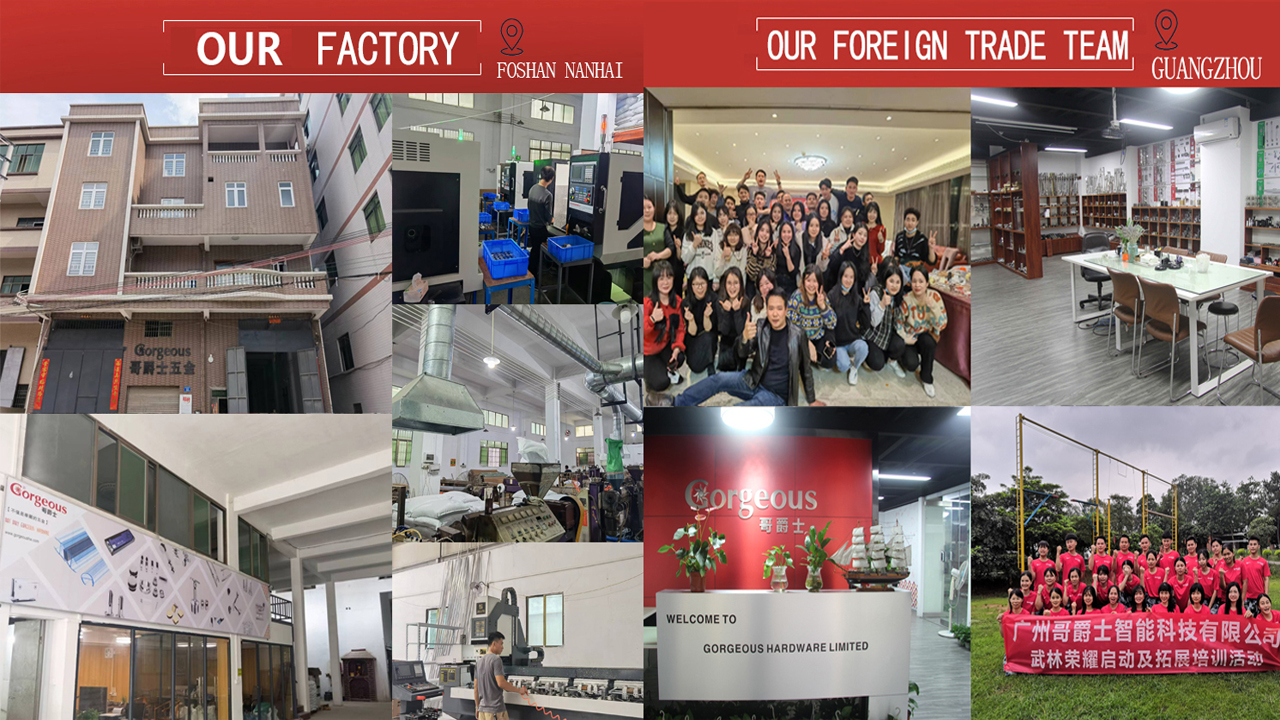
ABOUT
PRODUCTS
Hidden Drawer Handle Aluminum Carton Plastic Bag Packaging
The Role of Aluminum Cartons in Protecting the Handles
Aluminum cartons provide a robust and reliable protective barrier for sensitive hidden drawer handles. Unlike cardboard, aluminum offers superior resistance to damage from impacts, pressure, and moisture. This is particularly important for intricate handle mechanisms that could be easily damaged during shipping and handling. The handles, often made of delicate materials like zinc alloys or brushed aluminum themselves, require protection against scratches, dents, and corrosion. The rigidity of the aluminum carton prevents these damages, ensuring the handles arrive in pristine condition. The use of custom-sized aluminum cartons also minimizes wasted space and enhances protection by snugly holding the handles in place.
Furthermore, aluminum's inherent properties contribute to a longer shelf life. It's resistant to pest infestation and the ingress of moisture, preventing potential damage or degradation of the handles, especially crucial if the products are stored for extended periods before sale. The protective properties of the aluminum carton translate directly to customer satisfaction, reducing returns due to damaged goods and building trust in the brand's commitment to quality.
Plastic Bagging: An Additional Layer of Protection and Presentation
While the aluminum carton offers primary protection, the addition of a plastic bag layer provides crucial supplementary shielding. This bag, often made of clear polyethylene or polypropylene, acts as a barrier against dust, scratches, and minor impacts that might still occur despite the robust aluminum container. It also helps to maintain the cleanliness of the handles, ensuring they remain free of smudges or fingerprints before reaching the end-user. The transparent nature of the plastic bag allows for product visibility, a crucial element for retail presentation.
Beyond protection, the plastic bag can serve an important aesthetic purpose. High-quality plastic bags can enhance the overall unboxing experience. Some manufacturers use anti-static bags to prevent static cling and damage to sensitive electronic components sometimes integrated into the handles, while others opt for bags featuring the company logo, reinforcing brand identity. The strategic use of this seemingly simple component adds a subtle yet significant touch of professionalism and care.
Sustainability Considerations in Packaging Choice
The environmental impact of packaging is becoming increasingly significant for consumers and businesses alike. The choice of aluminum cartons and plastic bags should not be taken lightly. While aluminum is highly recyclable, the plastic bag element presents a challenge. The use of recyclable plastics and clear labeling promoting recycling are vital steps in minimizing the environmental footprint. Exploring alternative, biodegradable or compostable plastic bag options should be a priority for environmentally conscious manufacturers.
Furthermore, optimizing the size and weight of both the carton and bag can significantly reduce the overall material used, contributing to reduced transportation costs and a smaller carbon footprint associated with shipping. Investigating sustainable sourcing of the aluminum and plastic is also crucial. Choosing suppliers committed to ethical and sustainable manufacturing practices reinforces the brand's dedication to environmental responsibility.
Optimizing Design for Efficiency and Cost-Effectiveness
The design of both the aluminum carton and plastic bag is vital for efficiency and cost-effectiveness. Custom-designed cartons, precisely fitting the dimensions of the hidden drawer handles, minimize wasted space and material. Similarly, using appropriately sized plastic bags reduces material usage and overall packaging costs. Efficient packaging reduces waste, contributes to lower transportation costs, and ultimately benefits both the manufacturer and the environment.
Careful consideration should be given to the ease of opening and closing the packaging. Frustration-free packaging, allowing easy access to the handles without excessive tearing or damage, contributes to a positive customer experience. This seemingly minor detail can significantly impact brand perception and customer satisfaction. The design should strike a balance between robust protection and ease of use, offering both security and convenience.
The Impact on Brand Perception and Customer Experience
The choice of packaging is not just about protecting the product; it's a crucial element in brand building and customer experience. High-quality, well-designed packaging, reflecting the quality of the product itself, elevates the perception of the brand. A premium aluminum carton and a clean, clear plastic bag suggest care, attention to detail, and a commitment to quality, subtly influencing the customer's overall impression.
The unboxing experience itself contributes significantly to brand perception. A thoughtfully designed package, easy to open and revealing the product in a visually appealing way, fosters a sense of excitement and anticipation. This positive initial experience reinforces the customer's positive perception of the brand and increases the likelihood of future purchases. The entire process, from the initial visual appeal of the packaging to the ease of access to the product itself, contributes to an overall brand narrative that extends far beyond the product itself.
SUBSCRIBE
INQUIRY
